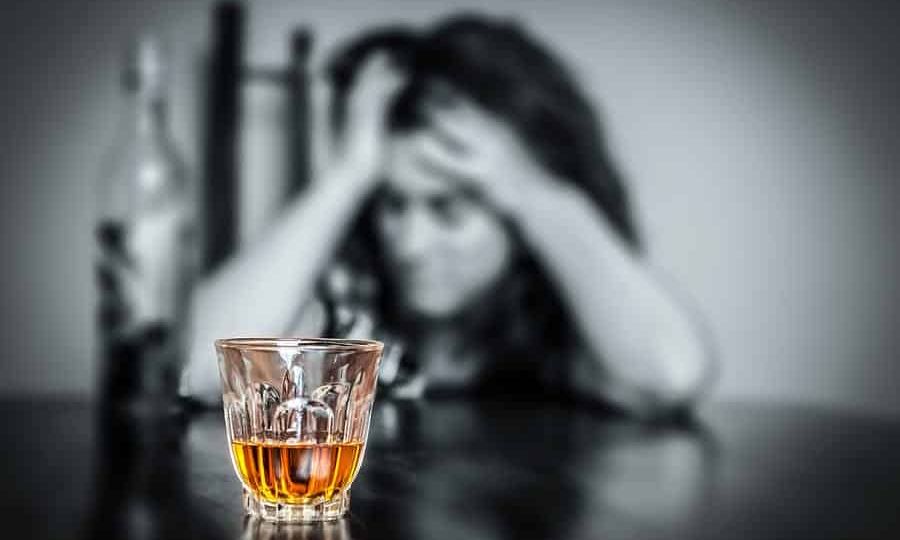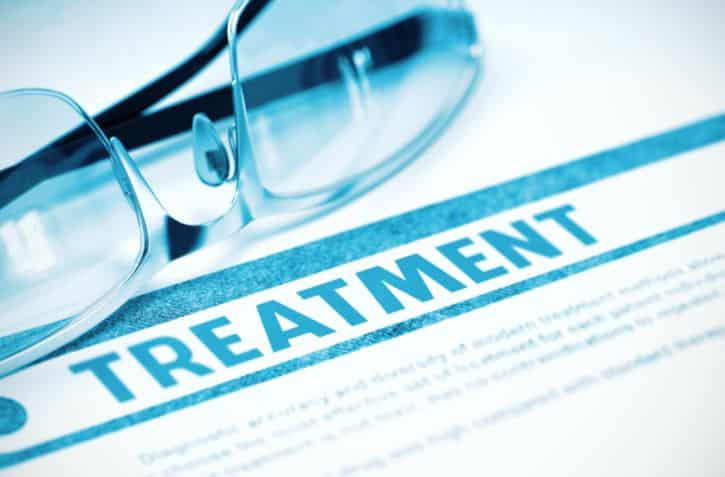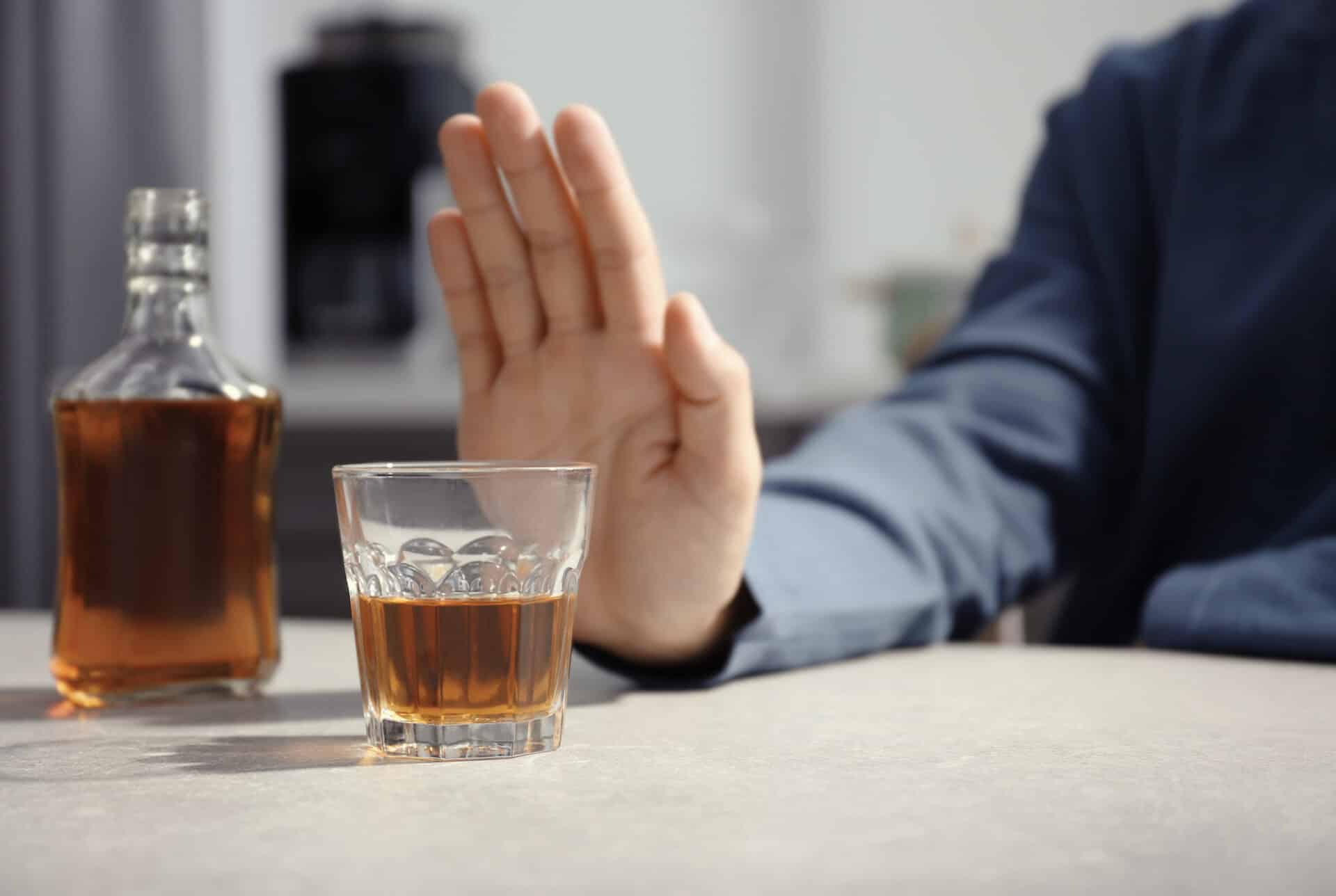
You can become addicted to just about anything. You can be addicted to something good, like exercising, something neither good nor bad, like video games, or something horrible, like heroin. The important thing to realize is the difference between being addicted to something and being extremely passionate about something. One of the main ways to tell that difference is whether or not withdrawal symptoms are suffered without whatever it is, whether it’s gummy bears or cigarettes. Determining whether or not you’re addicted to alcohol, (an alcoholic), can be a tricky beast, mainly due to four reasons. For one it’s legal, for two it’s glamourized excessively in the media, for three, the National Institute on Alcohol Abuse and Alcoholism (NIAAA) states that approximately 56% of American adults consume alcohol at least once a month, and for four, alcohol is everywhere. This article will describe alcoholism, the withdrawal symptoms of alcohol, how important supervised detox from alcohol is, and what types of treatment are available post-detox.
Alcohol Use Disorder
Having a get together? Better get some alcohol. Stressed? Have a few glasses of wine. Everyone’s going out after work. Where? To the bar! Hung over from the night before? Have another one to cure it! Three of us are going to Bill’s for the game. Bring your own beer! Attending a concert? Purchase that eleven-dollar Budweiser. Alcohol really is everywhere, and it seems to have to be involved in many of the things we do, from celebration to coping with stress. It’s when you move from “I could really use a drink” to “Oh wow I need a drink” that drinking turns from a fun party favor to a disease. Using the NIAAA percentage and current population totals, of the 42 million Americans over eighteen years of age who are drinkers, 15 million are alcoholics. That’s nearly the entire population of the state of New York, which is why alcoholism is indeed a public health crisis, at least according to a September 2017 article in the Journal of American Medical Association. The title of the article alone should make it clear: Remarkable Increases in Alcohol Use Disorders. The researchers say alcoholism rates have gone up about 50% since a decade before the study began in 2012. Therefore, for every two alcoholics that existed in 2002, five years ago there were three. Stretching that rate out to present day means there are nearly twice as many alcoholics right now than there were in ’02. So how do you know if you suffer from an alcohol use disorder? Do you suffer from any of these symptoms of alcoholism?
- Inability to control how much you drink
- Feeling the need to cut back on drinking, or trying to unsuccessfully
- Spending significant time recovering from alcohol use
- Strong urges to drink
- Interruptions at work or at home due to drinking
- Continuing to drink regardless of negative effects
- Losing interest in hobbies or social life due to drinking
- Drinking in unsafe situations, such as driving or watching your child
- High tolerance to alcohol
- Withdrawal symptoms when not drinking
As the cliché tells us, just because something is last does not mean it is least. One could begin to exhibit withdrawal symptoms from alcohol as soon as eight hours after the last drink. If you experience any withdrawal symptoms from lack of alcohol, do not ignore them. Alcohol withdrawal is much more than a sign of addiction; it can be fatal. If you are an alcoholic planning on quitting, seek professional treatment immediately. If you are suffering from any alcohol withdrawal symptoms, seek medical help. Quitting without assistance can be extremely dangerous. Withdrawing without assistance can kill you, just as it did Amy Winehouse.
Alcohol Withdrawal Syndrome (AWS)
Understand not all symptoms of alcohol withdrawal are life-threatening, at least not individually. Some are. It’s easy to tell the difference. Any combination of symptoms has come to be recognized as AWS, or Alcohol Withdrawal Syndrome. Although some cases are worse than others, every single case of alcohol withdrawal is dangerous. Symptoms of alcohol withdrawal include but are not necessarily limited to:
- Anxiety/nervousness
- Depression
- Fatigue
- Irritability
- Jumpiness/shakiness
- Mood swings
- Nightmares
- Unclear thoughts
If you are a casual drinker and after a night of partying you wake up hungover and therefore irritated and a little anxious, it may not necessarily be that you are suffering from AWS. You should know the difference. If you are a heavy drinker and you wake up from a night of partying extremely depressed and with the shakes, seek help. If it’s someone you know who is struggling, please click the link for their sake. These symptoms are signs of severe alcoholism. It is ever so important to listen to your body and know the differences between withdrawal symptoms and a hangover. Some of the more severe symptoms of AWS include but are not necessarily limited to:
- Clamminess and/or sweating
- Enlarged pupils
- Headache
- Insomnia
- Appetite loss
- Nausea and/or vomiting
- Increased heartrate
- Delirium tremens (the DTs)
- Tremors (the shakes)
Alcohol is an extremely potent substance, and when abused it becomes a dangerous weapon against the body and brain. With alcohol abuse, your brain’s neurotransmitters actually start to adapt to the presence of alcohol – which is not just when you’re actively drinking. For every fluid ounce consumed, alcohol stays in the body for one hour. This doesn’t seem like long until you add the time up. For someone with a blood alcohol content (BAC) of 0.08, legally drunk, it would take over five and a half hours for the alcohol to be fully gone. An alcoholic actively drinking to excess can reach a BAC of 0.25 or higher. (A 180-pound man who consumes a six-pack has a BAC of about 0.21). Now you’re talking about nearly an entire day having to go by before alcohol is out of the system. If this alcoholic does this every day, well, the brain knows nothing else. Now consider someone who drinks this way for years. His or her brain is fully adapted to the constant presence of alcohol. If that person suddenly stops drinking, even for a day, several bodily malfunctions can, and probably will, occur. Hence there exists AWS, a condition that covers all of these malfunctions. OK so let’s say you, dear reader, are an alcoholic looking to quit. How do you do it? Lucky for you we have it all figured out.
The Road to Recovery – Step One: Detox
Anybody entering into any type of treatment for alcoholism is going to undergo detoxification prior to anything. Safely ridding the body of alcohol is paramount to curing addictions of all types, the first step on each and every road to recovery. Now for the specifics… Because alcohol withdrawal symptoms can start as soon as eight hours after the last drink, it’s important to seek professional detox immediately upon deciding to stop. Whichever of the symptoms mentioned above you endure will peak within 24-72 hours, and can last a few weeks. Doctors, nurses, and a supporting staff will guide you through the discomfort, meanwhile ensuring none of the symptoms turn fatal. Alcohol withdrawal without proper treatment can indeed be deadly. Spend quality time in deciding which facility to enter into. As we will discuss, treatment very often (and should) follow detox, and regardless of which level of treatment you opt for, these will be the people who literally help you change your life for the better, and keep it that way. Talk to the program representatives. Discuss the following:
- Family history of alcoholism
- Amount of alcohol you consume daily/weekly
- How long you have been drinking excessively
- Your drinking patterns previous to realizing you had a problem
- Overall nutrition
- Weight, age, habits & hobbies
- If you abuse other substances as well
- If you have any co-occurring mental health issues such as depression, PTSD, or an eating disorder
These details will help guide you toward the right facility for you personally, since recovery from addiction is a personal journey. As mentioned, detox should be followed by treatment for addiction, the second stop on the pathway to sobriety. There are endless options today when it comes to seeking help. Develop a plan for long-term support, consult with medical professionals, pay attention to your body and health needs, and be sure to seek support groups after release from a program. There are many options out there once you or someone you love makes the decision to quit drinking.
The Road to Recovery – Step Two: Treatment
In less severe cases, an outpatient treatment program may be suitable. This is where you would visit the recovery facility according to a schedule, checking in for guidance, therapies, and any applicable medicines. In the case of moderate to severe symptoms, an inpatient stay may be more fitting, where you actually stay at the facility. Most alcoholics who quit suffer from some form of AWS. Approximately one out of ten will exhibit severe symptoms. Regardless of severity, treatment should include the monitoring of blood pressure, body temperature, heart rate, and blood levels of multiple different chemicals in the body/brain. Moderate to severe cases may also include the assistance of medication; benzodiazepines tend to be used most often. There exist two possible approaches with benzodiazepines:
- The symptom-triggered approach is primarily reserved for high-risk alcoholics. As it sounds like, medicine is used to combat symptoms as they occur.
- The fixed-regimen approach involves the medicine being dispersed in time intervals, with additional doses given as required, based on the individual’s symptoms. This is the much more common approach.
Benzodiazepines are much safer than alcohol. They help to restore the brain back to normal neurotransmitter levels. They can be prescribed and self-administered. In rare instances, a patient can become addicted to the benzodiazepines. In the U.K., an alternative, called Clomethiazole, possibly less addictive, has proven successful in treating AWS but cannot be self-administered as of yet. For less severe (and more common) cases of AWS, treatment will likely be more patient-oriented, as the risk of fatality is much lower. Something called the harm reduction model is commonly utilized. This is where the patient gradually scales back his or her drinking under a controlled system. It is much safer to wean than to cut off. Other common forms of treatment for less severe cases of AWS include:
- Sedative drugs to help ease withdrawal symptoms
- Blood tests
- Patient and family counseling to discuss the long-term issue of alcoholism
- Testing and treatment for other medical problems linked to alcohol use
In Conclusion
It’s almost silly in a way to think about how quitting drinking can be equally as dangerous as drinking itself. This is the case, though. Don’t let the symptoms deter you from quitting, though. With the proper care, detox and treatment is much less painful than a lifetime of alcoholism. If you or a loved one is struggling with Alcoholism, do not hesitate to call us. Our caring and compassionate team is here to help you on the road to recovery.

















